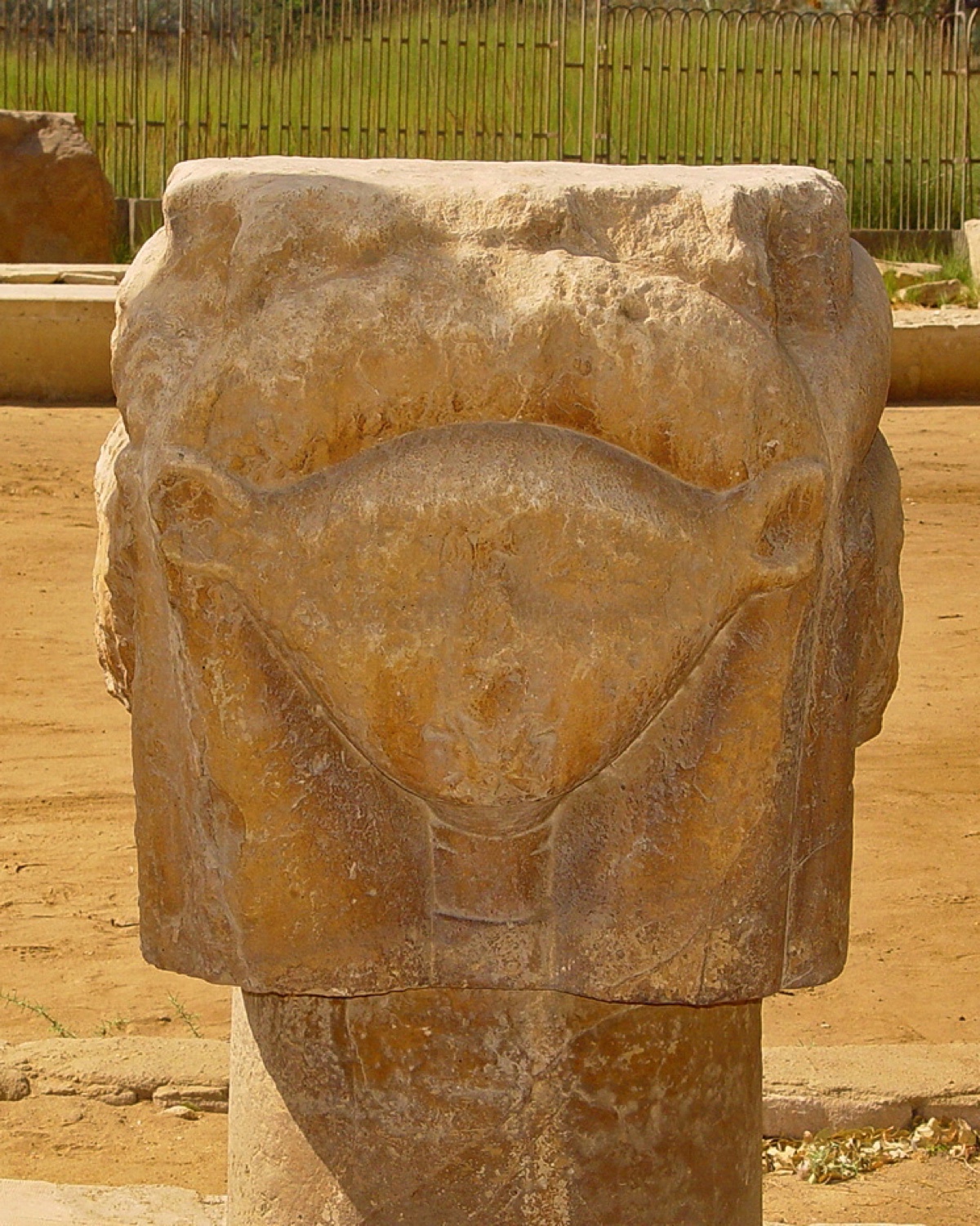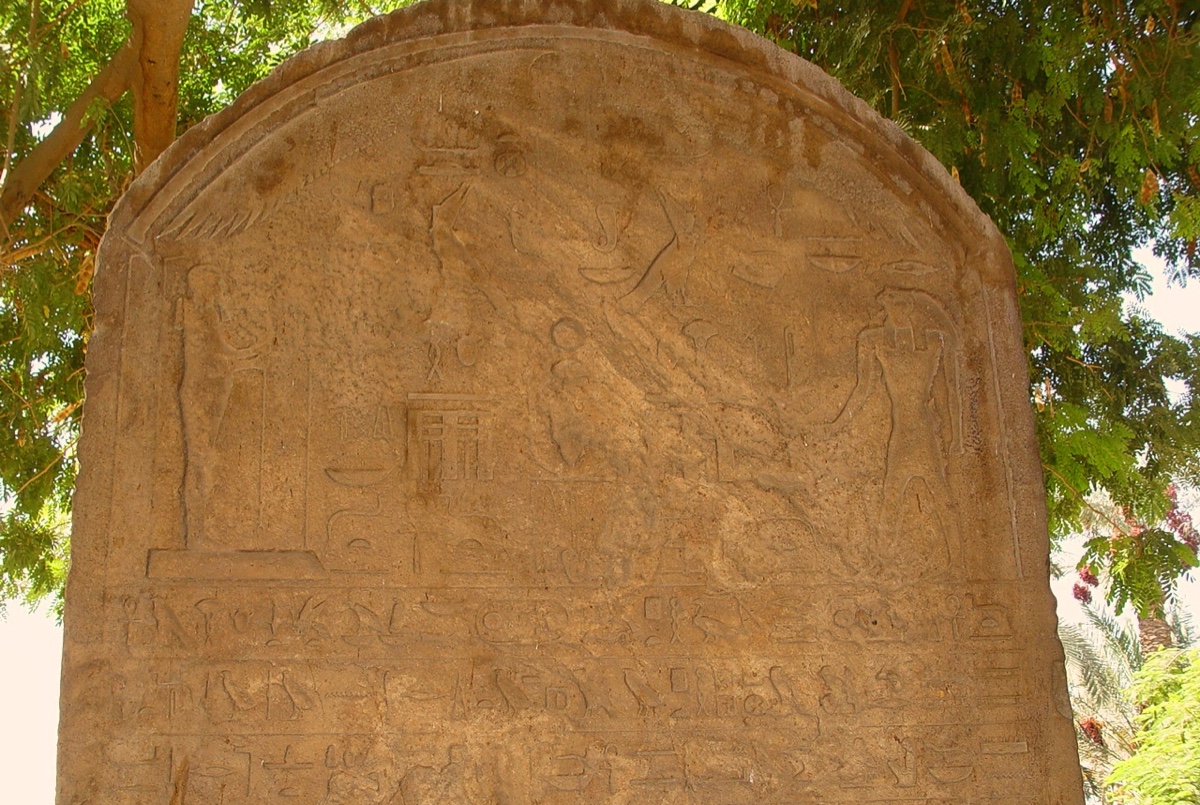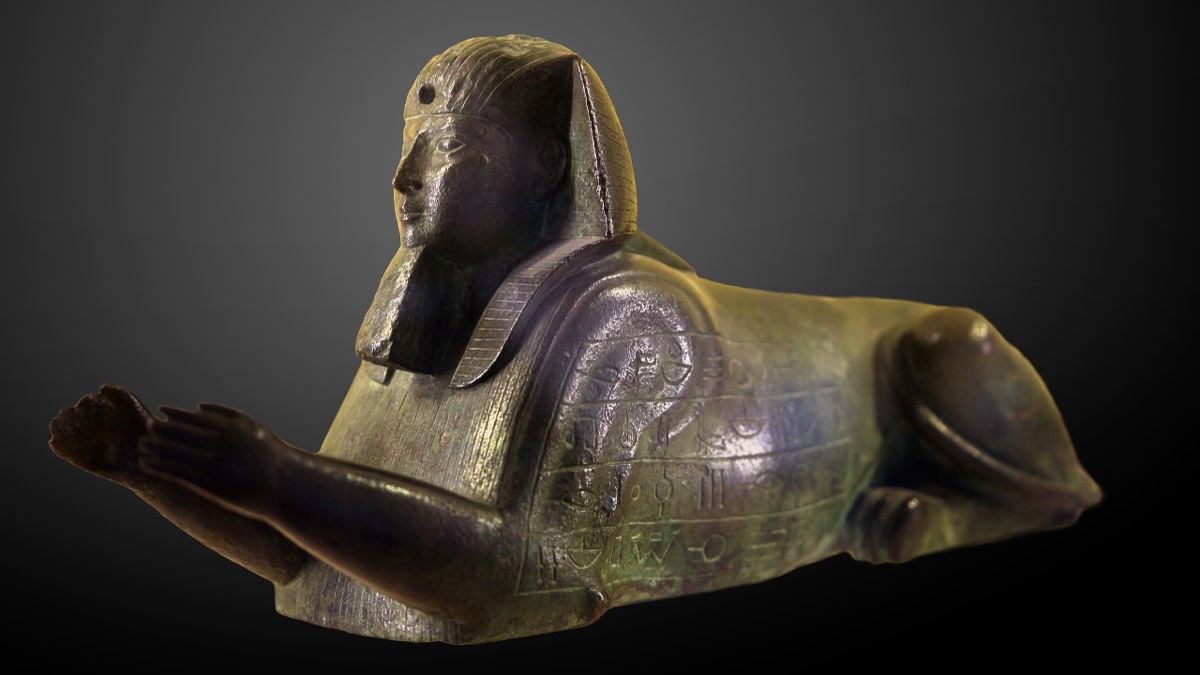By Leon Mauldin
Synopsis: Pharaoh Hophra (also known as Apries; the fourth king of the 26th Dynasty, who reigned 589-570 BC) is mentioned by name in Jeremiah 44:30, when his downfall is prophesied. Our article gives the biblical setting of the prophecy and explores its historic fulfillment.
Thus says the LORD: “Behold, I will give Pharaoh Hophra, king of Egypt, into the hand of his enemies and into the hand of those who seek his life, as I gave Zedekiah king of Judah into the hand of Nebuchadnezzar king of Babylon, his enemy who sought his life” (Jer. 44:30).
The message of the biblical prophets may be broadly summarized into three broad areas:
God’s message to His people of the prophet’s time.
God is the God of all the earth; His message to the nations.
Most importantly, the Messianic prophecies of Christ, His redemptive work, and His kingdom.
Our present article deals with the first two of these subject areas, both a message in Jeremiah’s time for the people of Judea, and for the Pharaoh of Egypt. First, the context of Jeremiah’s statement is immediately post-captivity. The Jerusalem temple had been destroyed by the Babylonians (586 BC), and Jewish captives had been taken to Mesopotamia. Those remaining in Judea had a governor appointed over them. However, rebellious Jews had disobediently gone to Egypt and had taken Jeremiah by force with them (Jer. 43). Therefore, God’s prophetic word to the Israelites in Egypt is that they would be punished (Jer. 44:13).
Yet, the LORD also had a word for Egypt. Judgment would come upon the nation of Egypt, and specifically Pharaoh Hophra (also known as Apries; the fourth king of the 26th Dynasty, who reigned 589-570 BC. He was the Pharaoh allied with Judah’s king Zedekiah (who reigned 597-586 BC) who “despised the oath by breaking the covenant” (Ezek. 17:18) to rebel against Nebuchadnezzar. Pharaoh Hophra’s army proved ineffective in providing any lasting relief to Jerusalem when it was under siege (see Jer. 37). He was assassinated following a power struggle with a court official who had earlier saved him from a rebellion of his own troops and had ruled as co-regent with him.
Regarding Jeremiah’s prophecy, K. A. Kitchen writes,
This was fulfilled in 570 BC, after Hophra had sent an army to help the Libyans against the Greek colony of Cyrene. The Egyptian force was overwhelmingly defeated, and the Egyptians accused Hophra of having sent their countrymen to their deaths and of unduly favoring the Greeks. Revolt broke out, and Amasis became its leader, defeating and capturing Hophra. Hophra was then probably put to death; at any rate, soon afterward he was buried as befitted a pharaoh by Amasis, his successor (Kitchen, 755).
Our photo of Pharaoh Hophra’s stele was taken at Memphis (cf. Ezek. 30:13). Memphis had been one of the most important administrative centers in Egypt. Only Thebes in the south was comparable in economic, political and religious importance. Memphis was the capital of Egypt as far back as the Early Dynastic Period. It was located at the juncture of the Nile River and the Delta. It was the city that united Lower and Upper Egypt. Very little remains of Memphis today. We have included a photo of the Egyptian goddess Hathor, also on the grounds of Hathor.
Kitchen, K. A. “Hophra.” The International Standard Bible Encyclopedia, Revised. Edited by G. W. Bromiley. Grand Rapids, MI: William B. Eerdmans, 1979-1988.

Image-1 Caption: The Egyptian goddess Hathor

Image-2 Caption: Pharaoh Hophra’s stele at Memphis

Image-3 Caption: “Sphinx of Apries.” Department of Egyptian Antiquities of the Louvre. Creative Commons Attribution-Share Alike 2.0 France License. https://commons.wikimedia.org/wiki/File:Sphinx_of_Apries-N_515-IMG_0583-gradient.jpg


